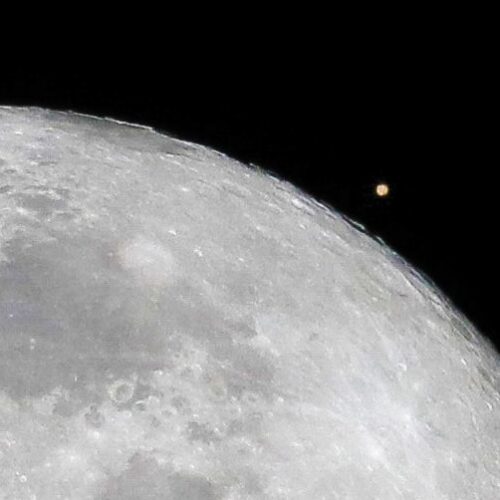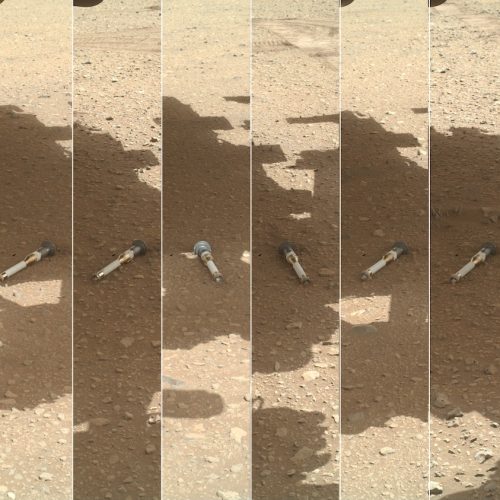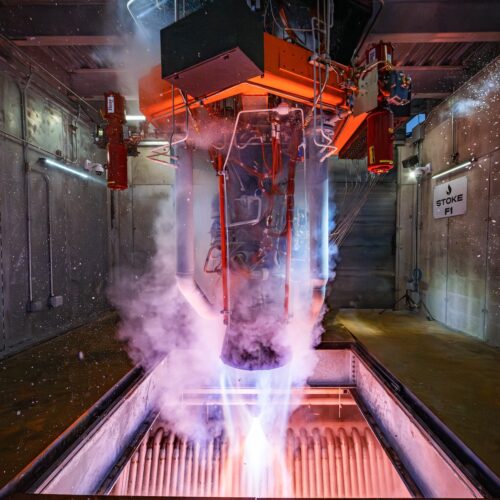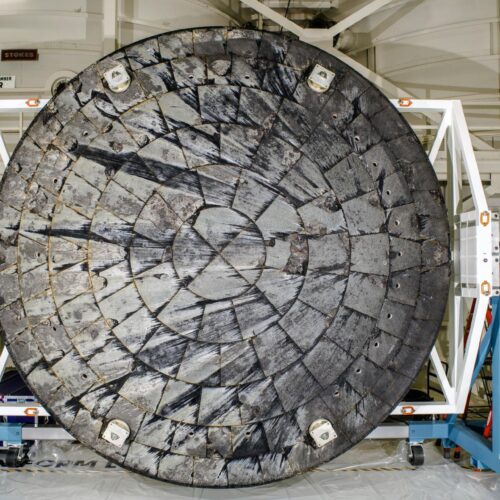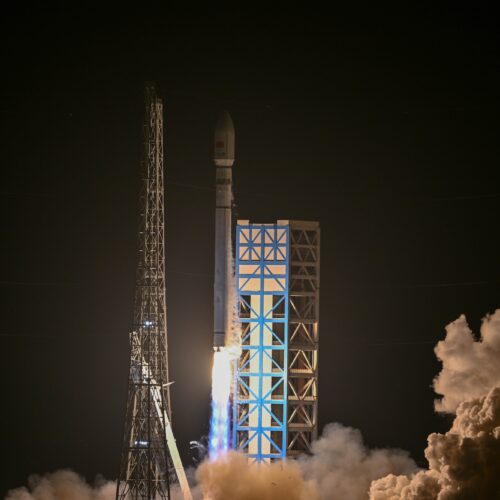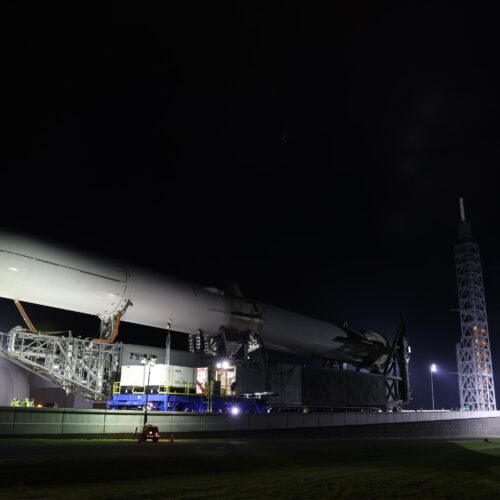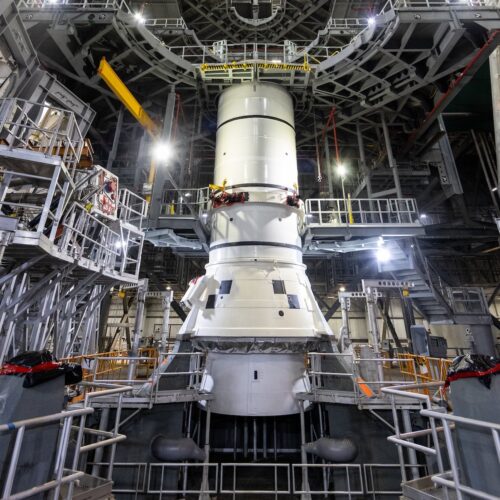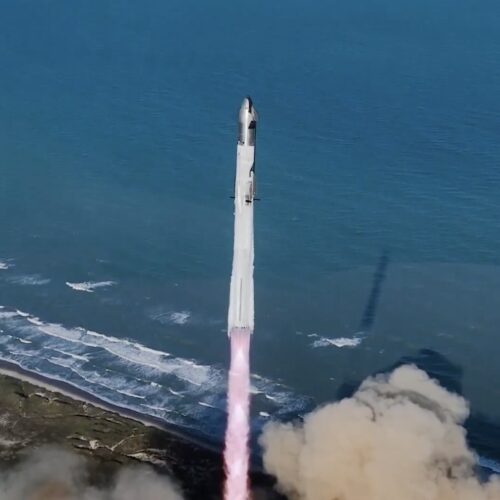There was a straight shot from Earth to the Moon and Mars last night
I almost missed it. Amid a bout of prime-time doomscrolling, a social media post reminded me there was something worth seeing in the sky. Mars disappeared behind the full Moon for a little more than an hour Monday night, an event visible across most of North America and parts of Africa.
So I grabbed my camera, ran outside, and looked up just as Mars was supposed to emerge from the Moon's curved horizon. Seen with the naked eye, the Moon's brightness far outshined Mars, casting soft shadows on a cold winter evening in East Texas.
Viewing the Moon through binoculars, the red planet appeared just above several large partially shadowed craters at the edge of the Moon's curved limb. I quickly snapped dozens of photos with my handheld Canon 80D fitted with a 600 mm lens. Within a few minutes, Mars rose farther above the Moon's horizon. Thanks to the parallax effect, the Moon's relative motion in its orbit around Earth appears significantly faster than the movement of Mars in its orbit around the Sun.


© Stephen Clark/Ars Technica
